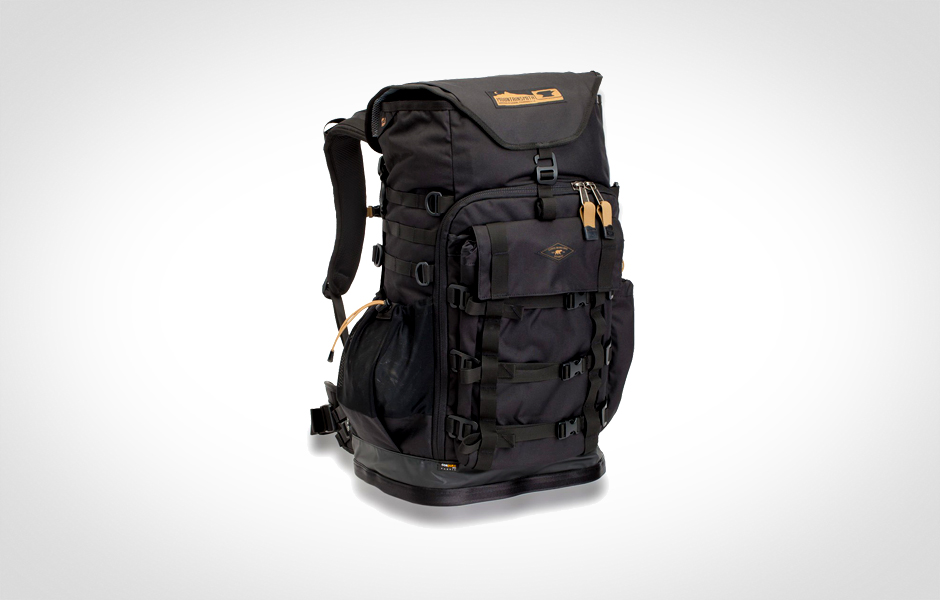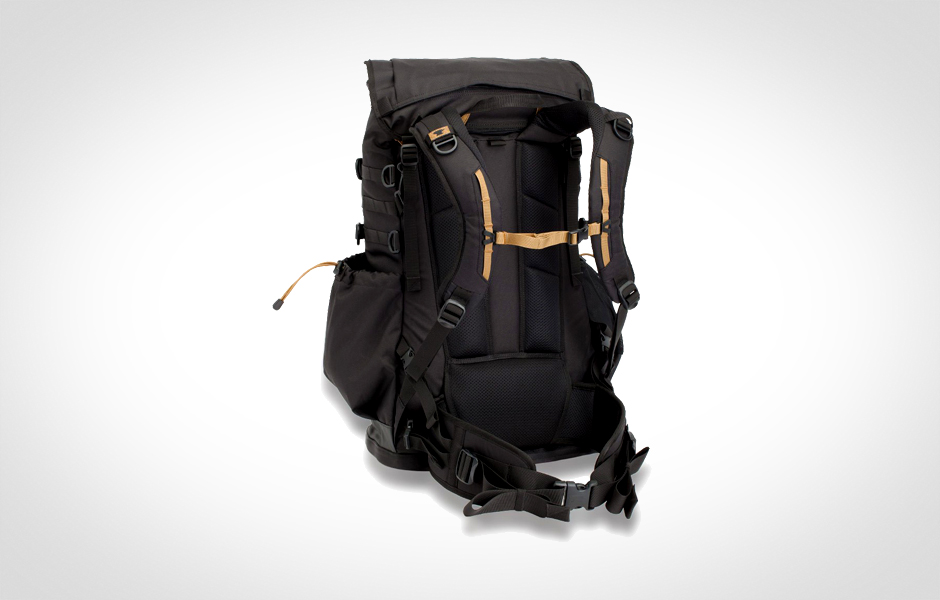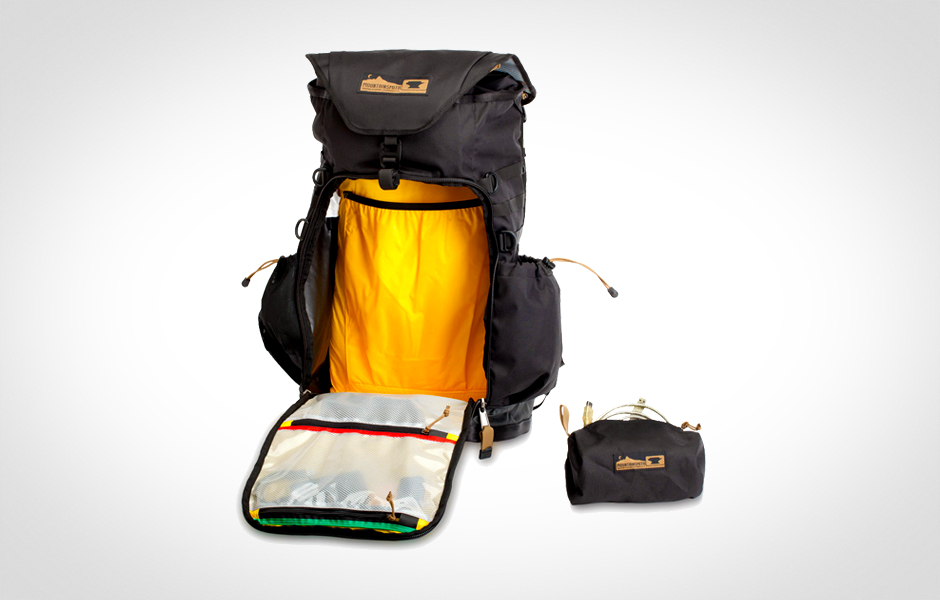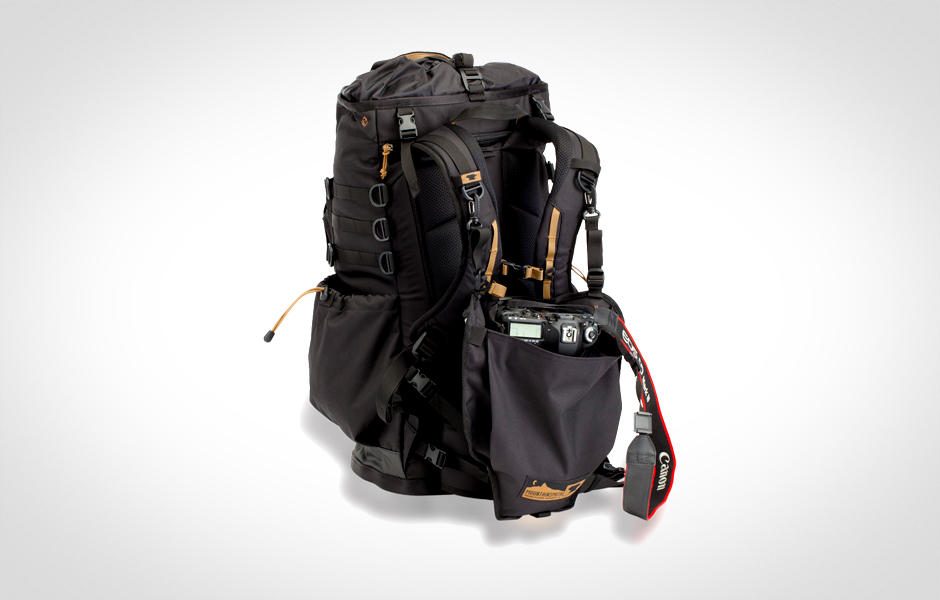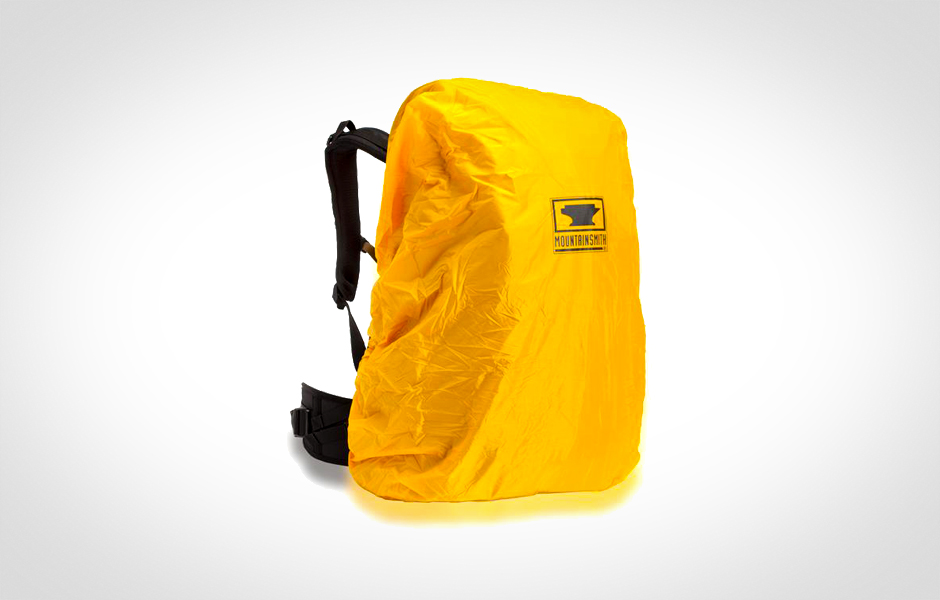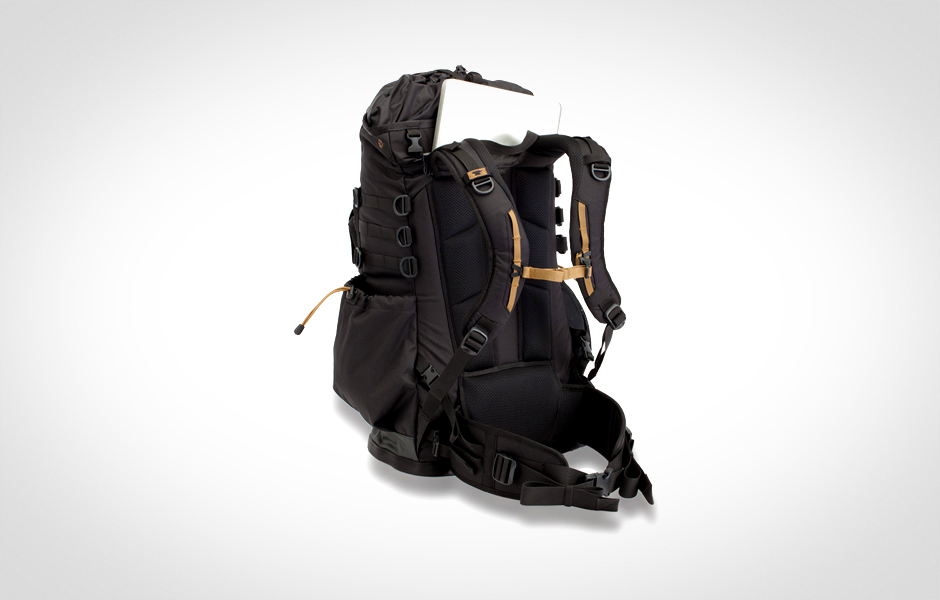Man isn’t meant to stay indoors — our weekly “Trekking” column can attest to that. It’s a column dedicated to the adventurer inside of all of us, the one pining to ditch the office humdrum for a quick surf session or seven-week jaunt in the Grand Tetons. One day we may highlight an ultra-light stove and the next a set of handmade canoe paddles. Life doesn’t just happen inside the workplace.
Here at the Manual, we’re big fans of Chris Burkard. The self-taught outdoor photographer has traveled the globe over the past decade, often to capture remote vistas — and a few waves — in a variety of diverse locales that span the world’s seven continents. As any outdoor photographer can tell you, however, lugging professional camera gear isn’t easy when you’re trekking through some of the harshest environments on Earth. In these situations, the right rucksack is paramount, which is why Burkard likely jumped at the chance to partner with Mountainsmith for its most recent series.
The so-called T.A.N. collection — short for “tough as nails” — is made up of five pieces that are designed to work in unison. The bulk of them are minimalist totes that vary in size, however, each takes into account a modular design, allowing you to protect your camera’s body, lenses, and a host of other expensive components you might want to utilize on your next shoot. That said, the highlight is the Tanuck Backpack ($230), a rugged backpack built with the pro photographer in mind.
The 40-liter offering capitalizes on durable, water-resistant base panel and a lifetime warranty, should any manufacturing defects arise during your many travels. The Tanuck Backpack can also integrate with smaller offerings in the T.A.N. lineup, such as the aforementioned Cube packs and the like-minded Tanack, allowing for additional flexibility and customization options that should meet your every need. Other photographer-friendly features come standard, including a quick-release waist belt, a network of compression straps, a main compartment with room for up to two bodies and several lenses, and a padded sleeve for housing a 17-inch laptop when in the wild.
Additional, perks like the bag’s dual-density shoulder straps and bundled rain cover, just make things a little easier on your body and work to further protect your equipment and, by extension, your livelihood when away from home. Now, if only the weather was as cooperative…
Check out Mountainsmith online to browse the company’s diverse line of outdoor apparel and equipment, or Burkard’s website for a closer look at the photographer’s lauded portfolio.
